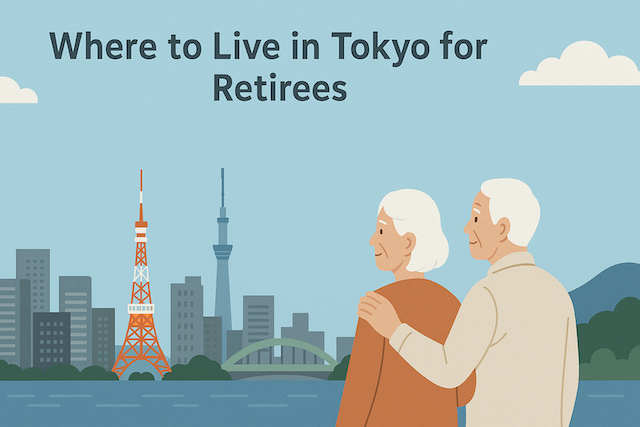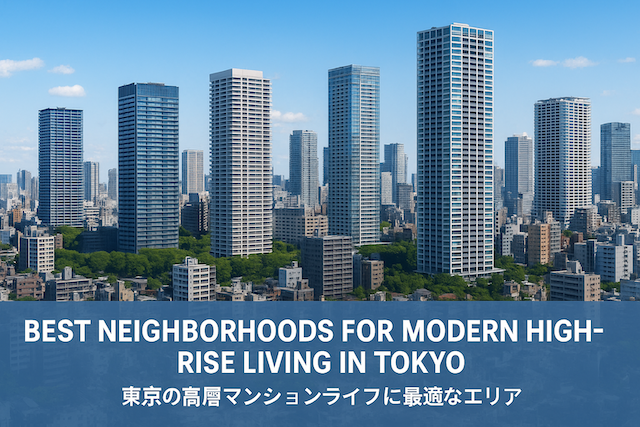Where to Live in Tokyo for Singles [2025–2026 Guide]
Tokyo is one of the most dynamic and exciting cities in the world, and for singles, it offers a perfect blend of convenience, culture, and endless opportunities for social life. Whether you’re a young professional, digital nomad, or simply enjoying an independent lifestyle, choosing the right area can make your Tokyo experience richer and easier. This guide explores the best neighborhoods for singles in Tokyo for 2025–2026—based on factors like nightlife, accessibility, rent affordability, and lifestyle preferences.
1. Shibuya: Tokyo’s Youthful Pulse
Shibuya remains one of the most iconic places for singles who want to live in the heart of Tokyo’s energy. It’s famous for its shopping, dining, and nightlife scenes, and living here means you’ll never run out of things to do. Areas like Daikanyama and Ebisu are especially popular with young professionals who want a more upscale and relaxed atmosphere within walking distance of Shibuya’s excitement.
Rent in Shibuya is higher than the city average, with studio apartments starting around ¥150,000 per month. But the trade-off is unmatched convenience—train connections, coworking spaces, and countless bars, cafés, and gyms all within a short walk. Shibuya is ideal if you value social opportunities and being surrounded by Tokyo’s creative energy.
2. Nakameguro: Stylish and Relaxed
For singles who prefer a calmer, trendier lifestyle, Nakameguro is one of the best options. This neighborhood along the Meguro River is famous for its cherry blossoms, boutique shops, and artisanal coffee spots. It’s often described as “Tokyo’s Brooklyn” because of its stylish yet laid-back vibe.
Nakameguro attracts singles who enjoy weekend brunches, cycling, and relaxed nightlife. Apartments here can be smaller and more expensive, but the design and surroundings often make up for it. The location also offers great access to other popular spots like Daikanyama, Ebisu, and Shibuya. It’s a top choice for creative professionals and those who appreciate modern design and community-oriented living.
3. Meguro: Quiet Sophistication
Meguro is perfect for singles who prefer a peaceful, residential environment but still want to stay connected to central Tokyo. The area is filled with quiet streets, beautiful parks, and stylish restaurants. It’s especially popular among single expats and locals who seek balance—calm living spaces with quick access to the city’s core.
Rent is moderate compared to Shibuya or Roppongi, with compact studios starting around ¥120,000–¥140,000 per month. Meguro Station offers excellent transport links on the JR Yamanote Line and Tokyu Meguro Line, making commuting easy. If you want comfort and convenience without the noise of nightlife districts, Meguro is a smart pick.
4. Roppongi: International and Vibrant
Roppongi has long been known as an international hotspot—home to embassies, global companies, and a large expat community. For singles who want a truly cosmopolitan experience, Roppongi offers a mix of high-end apartments, international restaurants, and nightclubs that stay open until dawn.
It’s not the cheapest area to live in, but for those working in finance, media, or tech, the convenience and global environment are major pluses. You can easily meet people from around the world here. The neighborhood has also evolved—Roppongi Hills and Tokyo Midtown provide a balance of business, leisure, and culture, making it more than just a nightlife hub.
5. Shinagawa: Practical and Connected
Singles who travel frequently for work often choose Shinagawa. As one of Tokyo’s major transport hubs, Shinagawa Station connects you directly to Yokohama, Osaka, and even Kyoto via the Shinkansen. The area is clean, safe, and modern, with a growing number of serviced apartments and condominiums.
While the nightlife here is quieter, it’s a strategic location for professionals. Rent can be more affordable in nearby neighborhoods like Gotanda and Osaki, both of which offer convenient commutes and a good range of restaurants and gyms. Shinagawa is perfect for singles who value practicality and easy transportation over entertainment.
6. Koenji: Bohemian and Affordable
Koenji, located west of Shinjuku, is a lively and creative district known for its vintage shops, live music bars, and alternative culture. It’s a favorite among artists, musicians, and budget-conscious singles who still want to live within Tokyo’s 23 wards.
Rent here is relatively low, often starting around ¥80,000 for a small studio. Koenji offers a unique mix of traditional and youthful energy—it’s one of the few places in Tokyo where you can experience both old-style shopping arcades and underground music culture. For singles who prefer individuality and community spirit over luxury, Koenji is ideal.
7. Kichijoji: The Perfect Balance
Kichijoji frequently tops the list of “most desirable places to live in Tokyo,” and it’s easy to see why. With Inokashira Park at its heart, countless restaurants and shops, and excellent connections to Shibuya and Shinjuku, Kichijoji offers an excellent lifestyle balance.
For singles, it’s a dream location—safe, social, and stylish. The local café culture, small theaters, and park events make it easy to meet new people. Rent is reasonable for the quality of life offered, and while it’s slightly farther from central Tokyo, the slower pace and greenery make it worth the commute.
8. Shinjuku: Never Sleeps
If you want to live in a neighborhood that truly never sleeps, Shinjuku is the answer. From Kabukicho’s nightlife to Golden Gai’s tiny bars and Omoide Yokocho’s retro izakayas, there’s something for everyone. For singles who thrive in busy environments and love city lights, Shinjuku offers constant energy.
Transport connections are unbeatable—Shinjuku Station is the busiest in the world, connecting you to every major line. However, the area can be loud and crowded, so many singles prefer living just outside the core, such as in Nishi-Shinjuku or Takadanobaba, which still offer easy access without the chaos.
9. Ikebukuro: Affordable and Convenient
Ikebukuro is often overlooked but has become increasingly popular among singles due to its affordability and convenience. The area around Sunshine City offers shopping, entertainment, and coworking spaces. It’s less touristy than Shibuya or Shinjuku but has everything a single resident could need.
Studios and 1LDK apartments here are generally cheaper, starting around ¥90,000. The nightlife is improving, and with multiple train lines passing through, commuting anywhere in Tokyo is easy. Ikebukuro is ideal for those who want a balanced lifestyle without the premium prices of central wards.
10. Summary: Matching Lifestyle with Location
Choosing where to live in Tokyo as a single depends heavily on your lifestyle and priorities:
-
For nightlife and excitement: Shibuya, Shinjuku, Roppongi
-
For calm but trendy living: Nakameguro, Meguro
-
For affordability: Koenji, Ikebukuro
-
For international convenience: Shinagawa, Roppongi
-
For balanced lifestyle: Kichijoji
Tokyo offers something for every type of single resident—whether you’re chasing career growth, creativity, or new friendships. The key is finding a neighborhood that fits your daily rhythm and personal goals. With great public transportation and countless social opportunities, living solo in Tokyo is not just convenient—it’s inspiring.
FAQs
What are the best neighborhoods in Tokyo for singles in 2025–2026?
For an energetic, social lifestyle, look at Shibuya, Ebisu, and Daikanyama. For stylish but calmer living, Nakameguro and Meguro stand out. If you want international vibes and late-night options, Roppongi works. For budget-friendlier yet central choices, consider Ikebukuro and Koenji. For park access and balanced living, Kichijoji is a perennial favorite. Your ideal pick depends on your commute, nightlife tolerance, and budget.
How much does rent cost for a single in popular areas?
As of 2025, compact studios in central hot spots like Shibuya or Roppongi often start around ¥140,000–¥170,000 per month, while 1K/1DK units may range higher depending on building age and proximity to stations. Nakameguro and Meguro sit slightly lower but are still premium. More affordable hubs like Ikebukuro or Koenji can start around ¥85,000–¥110,000 for older or smaller units. Expect higher deposits and key money in newer buildings or brand-name towers.
What apartment types and sizes are common for singles?
Typical formats include 1R (studio), 1K (separate kitchenette), and 1DK (dining-kitchen). Floor areas frequently range from 18–30 m² for studios and 25–40 m² for 1K/1DK units. Newly built properties prioritize compact layouts, storage walls, and integrated appliances; older walk-ups may trade modern features for lower rent and larger rooms.
Do I need a guarantor, and what if I don’t have one?
Most leases require either a personal guarantor or enrollment in a guarantor company. If you lack a Japan-based guarantor, many agencies offer guarantor company options for a fee (often a percentage of monthly rent, plus annual renewals). Some furnished or serviced apartments waive guarantor requirements, though monthly costs are higher. Keep ID, visa/residence card, income proof, and emergency contact details ready to streamline screening.
How far in advance should I start apartment hunting?
Begin research 4–8 weeks before your target move-in date. Popular listings move quickly, especially near major stations. If you need a specific area like Nakameguro or Kichijoji, plan extra time. Try to view multiple properties in one trip, prepare documents in advance, and be ready to apply on the same day for standout listings.
What hidden costs should singles budget for?
Besides rent, plan for initial fees: deposit, key money, agency commission, guarantor fees, lock change, and initial maintenance. Monthly costs can include building management fees, utilities, internet, renter’s insurance, and coin laundry if not in-unit. Renewal fees are common after the first lease term (often two years). Ask for a cost breakdown before signing to avoid surprises.
Is living near a nightlife hub noisy or unsafe?
Tokyo’s nightlife districts are generally safe, but they can be noisy, bright, and crowded late into the night. If you want convenience without chaos, consider living just outside the core—e.g., south of Shibuya toward Ebisu/Daikanyama, west of Shinjuku toward Nishi-Shinjuku/Takadanobaba, or in residential pockets of Meguro. Request top-floor or courtyard-facing units and check noise levels during evening viewings.
How important is proximity to a train station?
Crucial. A 5–10 minute walk to a JR or metro station can redefine your daily life. The Yamanote Line (loop) offers quick access to major centers; Tokyu and Metro lines add excellent cross-city coverage. If you work hybrid or remote, you can widen your radius for better value—Kichijoji, Koenji, or even further out along express lines can deliver more space for the price while keeping weekend access easy.
What lifestyle differences should I expect between neighborhoods?
Shibuya and Shinjuku emphasize convenience and late-night options; you’ll find bars, gyms, and coworking everywhere. Nakameguro is café-centric, design-forward, and ideal for slow weekends. Meguro is calmer, with leafy streets and practical transport. Roppongi skews international, with bilingual services and global cuisine. Koenji is indie, vintage, and budget-friendly. Kichijoji blends park life, culture, and shopping for a rounded, social scene.
Are there good options for furnished or short-term stays for singles?
Yes. Serviced apartments and furnished rentals are common near business hubs (Shinagawa, Roppongi, Shibuya). They reduce upfront costs and paperwork but charge higher monthly rates. They’re ideal for testing neighborhoods before committing to a standard two-year lease. Some buildings also offer flexible terms aligned with corporate or academic schedules in 2025–2026.
What should singles look for in building features?
For compact living, prioritize storage, laundry access (in-unit or same-floor), sound insulation, and reliable internet. Auto-lock entrances, delivery lockers, and bike parking add daily convenience. Newer properties may include induction cooktops, heated toilets, and energy-efficient insulation. If you host friends often, check guest parking, visitor rules, and the building’s quiet hours.
How can I meet people and build a social circle?
Choose a neighborhood that matches your interests: music bars in Koenji, gallery walks in Nakameguro/Daikanyama, or language exchanges near Shibuya/Shinjuku. Join gyms, running clubs in Yoyogi or along the Meguro River, or hobby classes. Coworking spaces and community cafés host events year-round. Many singles also meet friends via sports leagues, volunteer groups, and creative workshops.
Is Tokyo safe for singles, including late at night?
Tokyo consistently ranks among the safest large cities. Still, use standard urban awareness: stick to well-lit routes, keep valuables secure, and save taxi/ride-hailing options for very late returns. Buildings with auto-lock entrances and camera-equipped lobbies add peace of mind. If you’re sensitive to nightlife crowds, pick residential side streets near—rather than inside—party zones.
How can I keep monthly costs under control?
Balance convenience with distance: moving one or two stops from a hotspot can shave significant rent. Target older but well-maintained buildings, choose smaller layouts, or share a larger unit with a friend if your lease allows co-tenancy. Track utilities, consider energy-efficient appliances, and compare mobile and internet bundles. Cooking at home and using commuter passes also cut recurring expenses.
What’s a smart first apartment strategy for 2025–2026?
Start with a compact, well-located unit for your first year to learn your real routines—commute patterns, favorite gyms, nightlife tolerance. After a year, reassess: you might upgrade to a larger place further out (e.g., Kichijoji) or double down on convenience in central hubs. Keep documents ready, tour at different times of day, and move fast on standout listings.
Any neighborhood matchmaking tips specifically for singles?
If you want maximum spontaneity, choose Shibuya or Shinjuku. If you prefer design-forward calm with great date spots, go Nakameguro or Meguro. If your work is international and your social life is global, Roppongi fits. If budget matters most but you still want action, Ikebukuro and Koenji deliver. For weekend picnics, live music, and community feel, Kichijoji is hard to beat.
Should I worry about apartment noise in compact units?
In dense areas, yes—do a sound check. Visit during evening rush and late night, look for double-glazed windows, corner or top-floor units, and concrete construction. Ask about neighboring businesses (karaoke, bars) and rail proximity. White-noise machines and thick curtains help, but location and building quality matter most for restful sleep.
How do renewals and moving out usually work?
Many leases renew every two years with a renewal fee. Provide notice (often one month) before moving out. The landlord will assess cleaning and restoration per the contract; normal wear is usually acceptable, but wall/fixture damage can incur charges. Save all check-in photos and keep receipts for maintenance to simplify your exit.
What if I work remotely—does my ideal area change?
Remote-first singles can trade ultra-central addresses for better space-to-price ratios. Stations with express service to the Yamanote Line let you reach hubs quickly for meetings while enjoying quieter weekdays. Prioritize reliable fiber internet, nearby cafés or coworking, and parks for breaks. Kichijoji, Koenji, and residential Meguro pockets excel for this balance.
Bottom line: how do I choose confidently?
Clarify your top three priorities: commute time, budget, and lifestyle intensity. Shortlist two or three neighborhoods aligned with those goals, view at least five units across building ages, and compare total monthly costs—not just listed rent. In 2025–2026, Tokyo offers excellent options for singles; the best choice is the one that matches your daily rhythm today and your goals for the year ahead.

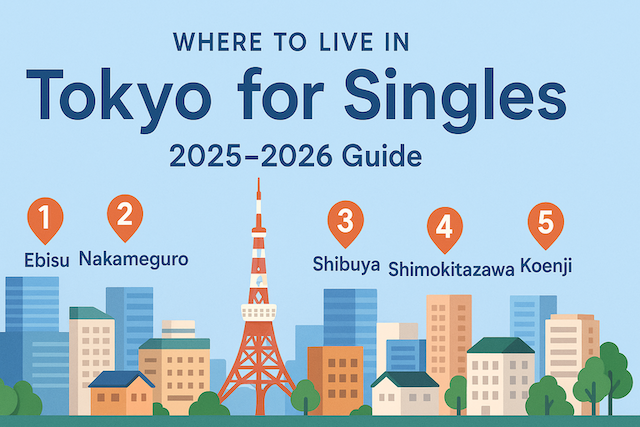
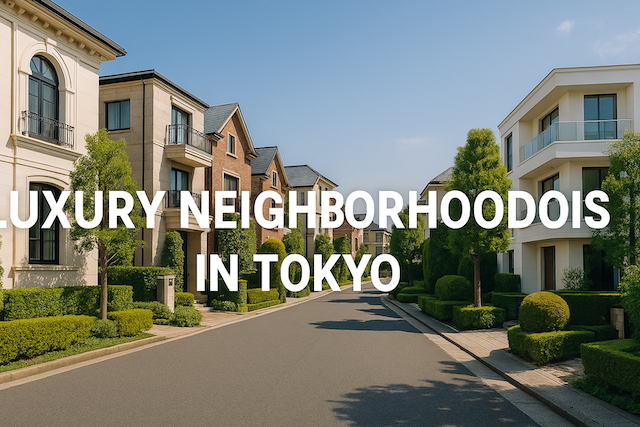
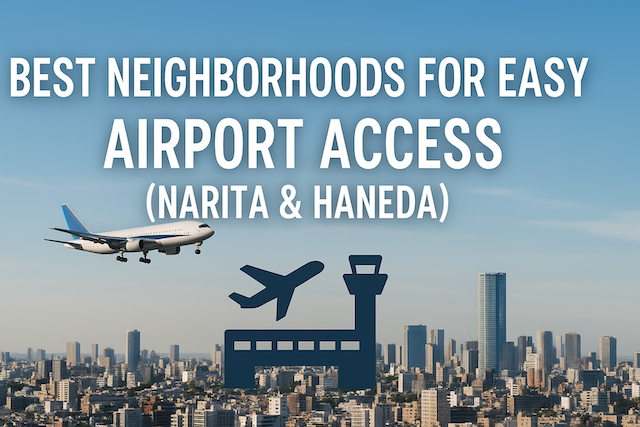
![Where to Live in Tokyo for Families with Kids [2025–2026 Guide]](https://tokyorelocationguide.com/wp-content/uploads/2025/10/ChatGPT-Image-Oct-17-2025-03_55_59-PM.png)

